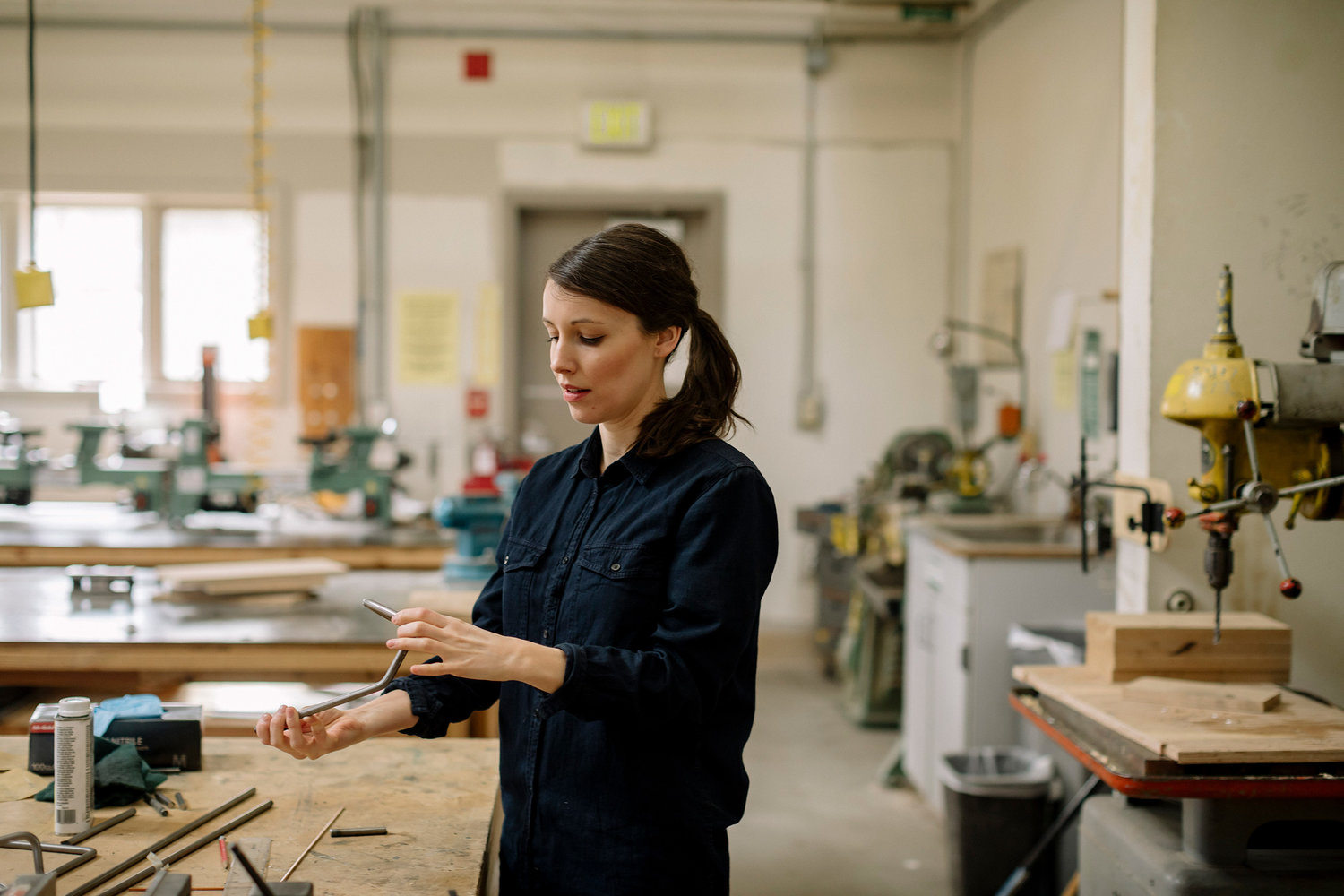In her 2019 book, How to Do Nothing: Resisting the Attention Economy, artist and writer Jenny Odell rails against the need for continual achievement. “In the context of health and ecology, things that grow unchecked are often considered parasitic or cancerous,” she writes. “Yet we inhabit a culture that privileges novelty and growth over the cyclical and the regenerative.” In Western societies today, Odell argues, people are too quick to believe that “new” is inherently good. 1
Sidenotes
1. Odell cites the work of Mierle Laderman Ukeles as an example of how some artists are trying to change the way we think about maintenance work. For Touch Sanitation Performance (1979-1980), she spent 11 months shaking hands with every one of New York’s 8,500 sanitation workers.
2. During the global pandemic of COVID-19, British key workers (such as healthcare and emergency service workers, but also cleaners, waste collectors and postal workers) were all shown appreciation through the initiative Clap for Our Carers, in which the British public gave a round of applause outside their homes each Thursday evening. Millions are reported to have taken part.
There’s a gendered aspect to this dichotomy, reflected in how we see traditional female and male roles. The unglamorous practice of maintenance is the domain of women: Repetitive activities such as childrearing, housekeeping, cleaning and caregiving are all demeaned and underpaid, if paid at all, as well as being viewed as unskilled. Meanwhile, men dominate the sphere of action and movement—building, fighting, inventing and exploring.
This hunger for the new has very literally shaped the world we live in—urban development, for example, celebrates the process of tearing down and building up again. Meanwhile, the urgent need to curb construction and refurbish existing buildings for the sake of the planet continues to be a secondary concern in the creation of our cities. “There still isn’t really a vocabulary or an ease in discussing maintenance, since it’s not really the sexiest topic,” explains Hilary Sample, co-founder of US-based practice MOS Architects and author of the book Maintenance Architecture (2016). “But the reality is everything ages and requires upkeep.”
Maintenance is worthwhile not just for practical and environmental reasons, but also for social ones, Sample says. “If those maintaining a building were to have more prominent spaces within it, that would radically change the users’ relationship to the community within it, and would create a sense of sharing,” she says. The simple act of asking how to keep something clean, rather than wondering who will clean it up later can create a greater interest in how a system lasts, she believes. In other words, collaborative preservation is a core element of community.
We are living at a time when the problems of privileging growth above all else are impossible to ignore: In the summer of 2020, when the world came to a standstill, GDP—the pulse of the world economy—plummeted. It has since become clear that when we’re not shopping, eating, producing, traveling and accomplishing, the foundations of our economic model start to crumble, leaving governments torn between trying to save lives and restarting the engines of consumption.
Against this backdrop it has also become apparent that it is the maintainers—the caregivers, the suppliers of food and medicines, those keeping our utilities and technology functioning—who really sustain us. 2 When normality returns, will we remember a time when frequently cleaned public bathrooms felt like the most important thing of all?
